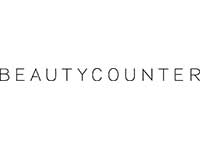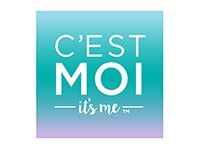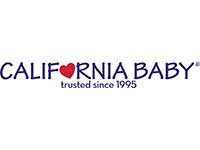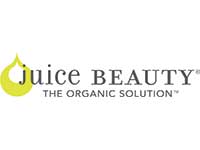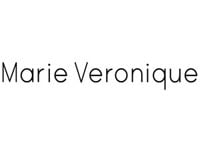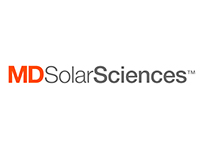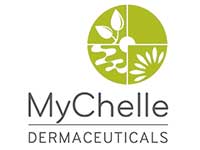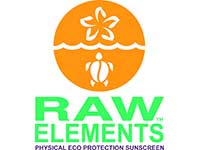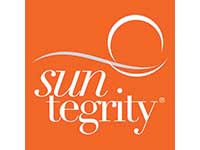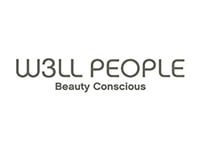
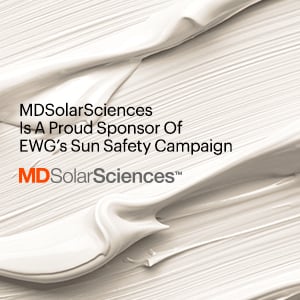
Americans do not do enough to protect their skin from sun damage and prevent skin cancer. Because we are stronger together, Environmental Working Group, forward-thinking companies and concerned citizens are teaming up to make a difference.
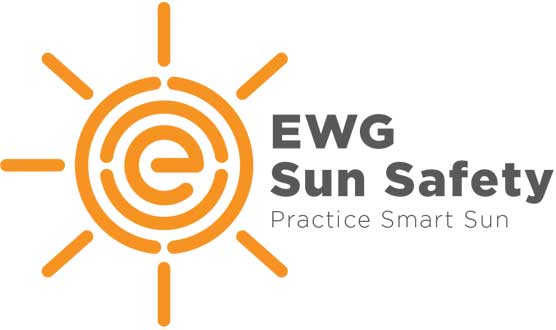
Contact: Alex Formuzis
(202) 667-6982
[email protected]
FOR IMMEDIATE RELEASE: MONDAY, MAY 12, 2014
Washington, D.C. – With more than 2 million Americans diagnosed with skin cancer annually, Environmental Working Group and innovative sun protection companies are launching a public education campaign to make sun safety as essential as seat belts in the minds of the public.
"Many of us spend hours outside and don't take simple steps to protect ourselves from the sun's harmful rays," said EWG President Ken Cook. "The good news is skin cancer is often preventable, and if we take some rather simple steps, we can bend the skin cancer curve away from rising rates."
Launched jointly with leading dermatologists and 16 sunscreen makers, the EWG Sun Safety Campaign seeks to lower skin cancer rates through a tech-savvy, high-impact social media campaign designed to resonate with every age group.
The campaign is harnessing advanced imaging technology developed by Canfield Imaging Systems, the leading developer of photographic imaging solutions for the medical and skin care industries, to visualize sun damage and encourage people to form sun-safe habits. Over the next year, the campaign plans to station the Canfield camera at locations around the country so people can see for themselves the damage the sun has already caused to their skins and learn how they can mitigate further harm.
The campaign's website contains much helpful material people can use and share with their family, friends and social networks. It includes tips on how to pick the safest, most effective sunscreens and information on the hidden damage of the sun's ultraviolet rays.
The campaign is based on facts gleaned from decades of scientific research. It concludes that the best defenses against getting too much harmful ultraviolet radiation are protective clothing, shade, timing and safer and more effective sunscreens.
In coming months, the campaign and its partners will publicize actions people can take to protect themselves.
EWG's tips:
Not all sunscreens are equal. Choose the safest, most effective sunblock products by consulting EWG's online guide to sunscreens.
Regular skin checks for new moles that are tender or growing. Ask your primary care doctor how often you should see a dermatologist.
Don't get burned. Red, sore, blistered or peeling skin means far too much sun - and raises your skin cancer risk.
Wear clothes. Shirts, hats, shorts and pants provide the best protection from UV rays - and they don't coat your skin with goop.
Find shade - or make it. Picnic under a tree, read beneath an umbrella, take a canopy to the beach. Keep infants in the shade - they lack the tanning pigments known as melanin to protect their skin.
Plan around the sun. Go outdoors in early morning or late afternoon, when the sun is lower. UV radiation peaks at midday.
Sunglasses aren't just a fashion accessory. Good shades protect your eyes from UV radiation that causes cataracts.
EWG's Sun Safety campaign grew out of a year-long series of discussions among EWG staff, independent scientists, researchers, dermatologists and companies with an interest in sun protection. The common theme was an urgent need for a dramatic and sustained increase in public awareness about the alarming rise of melanoma, the serious health risks associated with excessive sun exposure, the worrisome popularity of tanning beds, and the large number of ineffective sunscreens, some containing potentially harmful chemicals.
At the core of EWG's Sun Safety campaign is the shared conviction that the American public, young people in particular, need a wake-up call about sun safety and clear, compelling strategies to reduce the risks of skin damage and cancer related to sun exposure and tanning beds.
The coalition includes: EWG, All Terrain, Aubrey, Ava Anderson Non Toxic, Babo Botanicals, Babytime! by Episencial, Badger, Beauty Counter, California Baby, Elemental Herbs, Goddess Garden Organics, Juice Beauty, Marie Veronique Organics, MD Solar Sciences, MyChelle Dermaceuticals, Raw Elements, Thinkbaby/ Thinksport and True Natural.
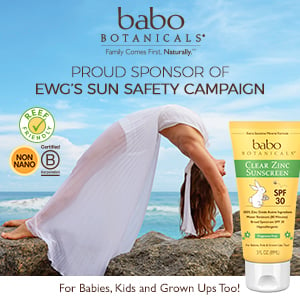 />
/>

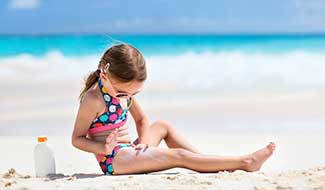
Want to see how your favorite sunscreen rates in EWG’s Sunscreen Database? The EWG Sunscreen Database update is coming in late May.

